For the first time, the International Aikido Federation invited young adult black belts from around the world to a special training event in Kyoto, Japan with instruction led by Mitsuteru Ueshiba, Dojo-Cho of the Aikikai Hombu Dojo. Aikido Journal speaks with Wilko Vriesman about the preparation and mission of this new event. Vriesman Sensei is Chairman of the International Aikido Federation (IAF) and a 7th dan shihan. He began his aikido training in 1982 and has been involved with the IAF since 2008.
Josh Gold, Aikido Journal: Thank you for joining us today, Wilko. Tell us about the inspiration behind creating this event.
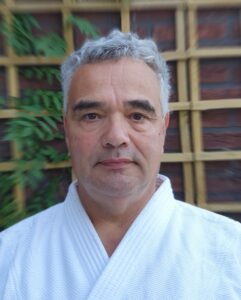
Wilko Vriesman: Certainly. The IAF has been involved in youth events for several years, establishing youth working groups across different regions, including Europe, South America, Arab countries, and the United States and Canada. These groups cater to young adults who first engage with Aikido as children and then transition into young adulthood. Our goal is to keep this new generation connected to the Hombu Dojo and the Aikido community. The idea for the first international young adult seminar took root, and we decided to hold it in Japan, the birthplace of Aikido. We invited younger instructors, including Mitsuteru Ueshiba, Dojo-Cho, and Toshio Suzuki from Hombu Dojo. Our overarching aim is to create a sustainable series of events that fosters this new generation’s connection to Aikido.
How many people participated and what was the age range?
We had a total of 233 participants, comprising three groups: students traveling from overseas, foreign students residing in Japan, and Japanese students from university clubs. For the overseas participants, we set the minimum age at 18, as they can travel without parental supervision. On the Japanese side, there was a request to lower the limit to 16, which is when individuals typically attain the shodan rank in Japan. So, the age range for our participants varied from 16 to about 25. The participants’ skill levels ranged from shodan to sandan. Impressively, we had representation from about 30 countries among the overseas participants, making it a truly international event.
How was the event structured?
The event featured prominent figures, with Dojo-cho as the primary representative of the Ueshiba family. We were also fortunate to have Toshio Suzuki teaching. These two individuals were the main instructors and the event revolved around their teachings.
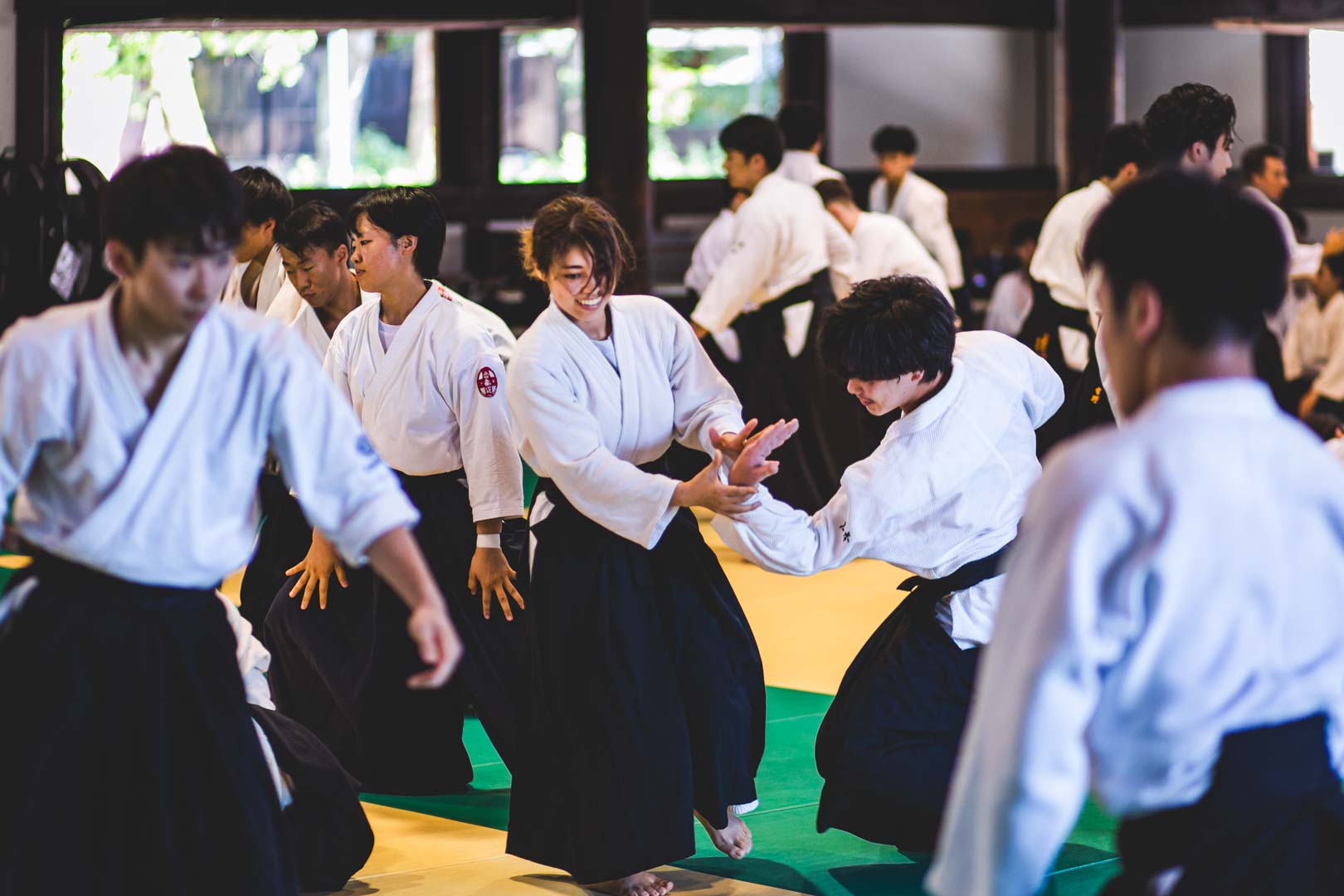
How did you settle on hosting the event in Kyoto?
We were fortunate to have Yoko Okamoto, a current IAF directing committee member, arrange for us to use the Butokuden, a traditional dojo in Kyoto. It provided a beautiful and authentic Japanese setting with limited space, but enough to accommodate over 200 participants. The atmosphere allowed everyone to experience the essence of Japan. The Butokuden is a highly sought-after venue, with a long line of interested parties.
“The age range for participants varied from 16 to about 25. The participants’ skill levels ranged from shodan to sandan. Impressively, we had representation from about 30 countries among the overseas participants, making it a truly international event.”
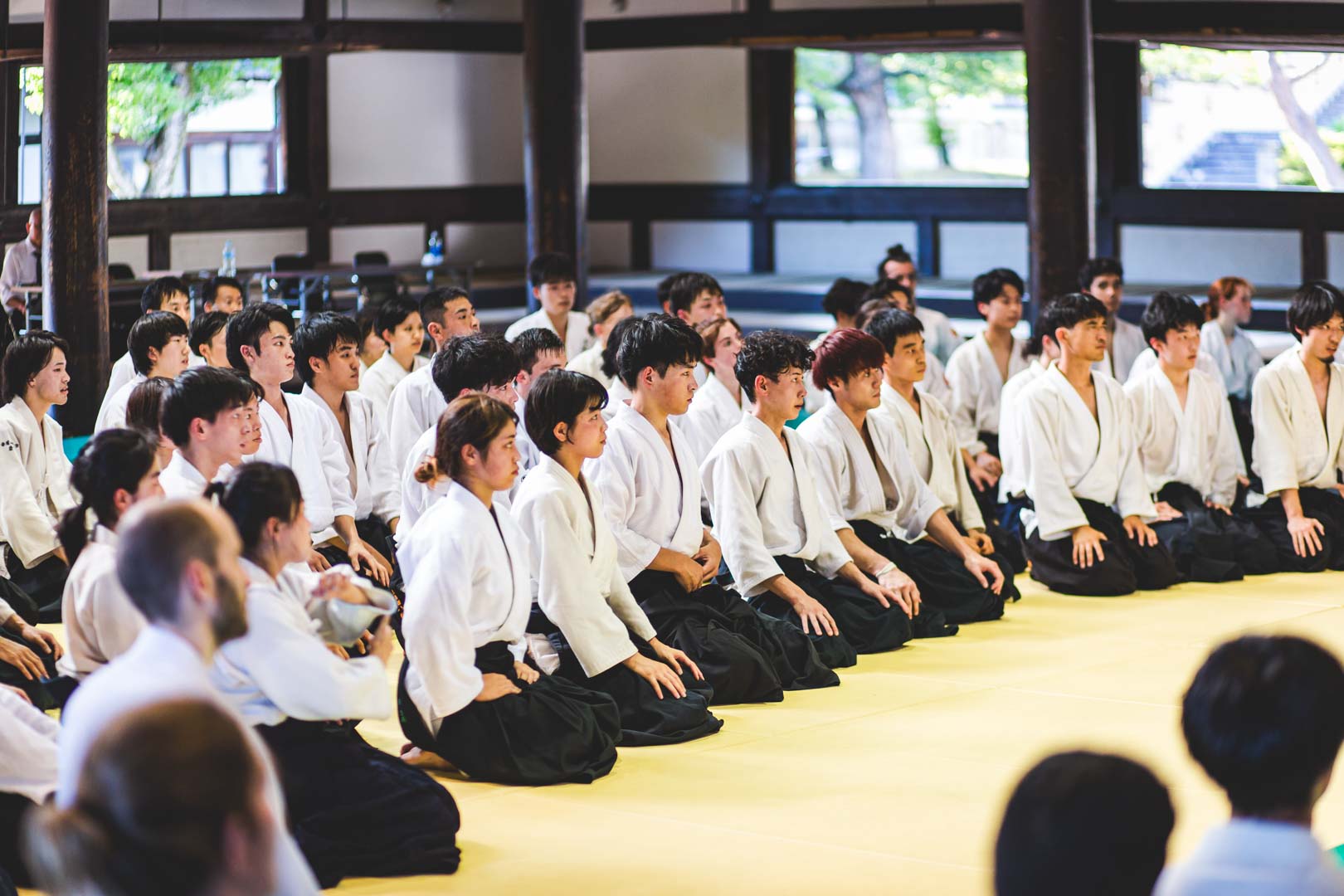
How did you structure the event?
Foreign participants began by visiting the Hombu Dojo, where they trained with Dojo-cho, Doshu, and other teachers. During this visit, we were able to arrange private sessions with Dojo-cho for the younger generation. These informal discussions allowed them to ask questions and gain insights about the future of Aikido. It was a memorable moment as they had a unique opportunity to connect with the future Doshu.
What kinds of questions did the participants ask Dojo-cho?
The questions were diverse, ranging from his defining moments in Aikido to his favorite techniques. They also delved into his vision for the future. One particularly interesting question centered around the value of having young instructors in Aikido. Dojo-cho emphasized the importance of having instructors from various age groups within a dojo to provide role models for everyone. It sparked a thoughtful discussion, highlighting the significance of respecting and learning from elders while embracing young instructors.
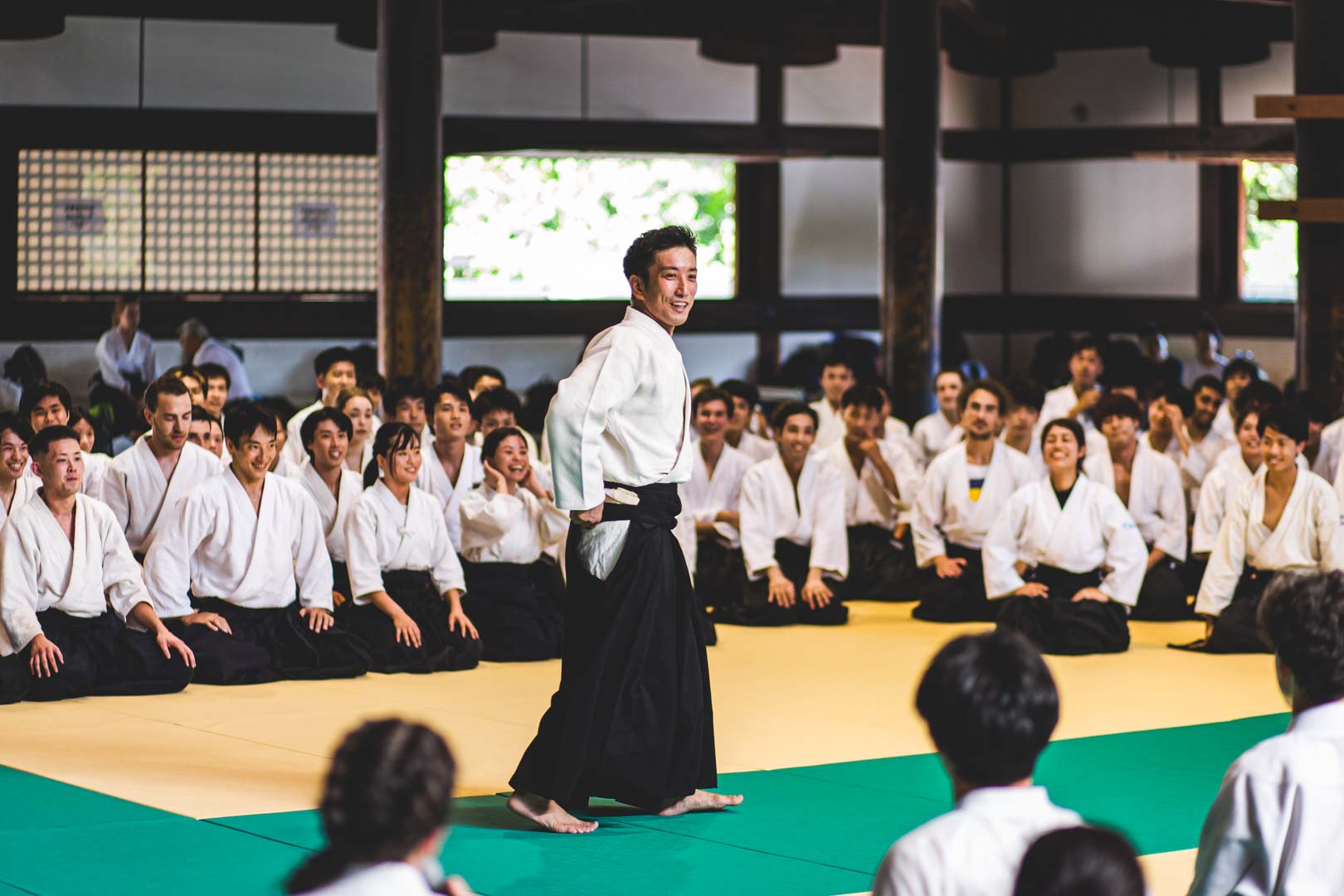
What did the participants think of the event, and what did they take away from it?
For most of them, this event marked their first visit to Japan. They had the opportunity to immerse themselves in Japanese culture, from Tokyo to Kyoto, experiencing the Shinkansen and more. They trained in challenging conditions, given the hot and humid weather, providing them with an authentic Japanese training experience. The event also included an evening party featuring sake, beer, sushi, and more. The participants formed strong and hopefully long lasting bonds.
“The Butokuden provided a beautiful and authentic Japanese setting with limited space but enough to accommodate over 200 participants. The atmosphere allowed everyone to experience the essence of Japan.”
Will there be a follow-up event next year?
Absolutely. Initiating such an event is just the beginning. This marked the first of what we hope will be many. Originally, we considered touring significant places associated with Aikido, such as Tanabe and Iwama. However, Dojo-cho suggested that the first foreign trip of O-Sensei was to Hawaii. So, exploring this option for the second event is on our radar.

Is there anything else you’d like to share about this event or its broader context?
I’d like to emphasize that this event was a pioneering step as the first IAF event in Japan, aside from our Summits which are held every 4 years. It showcased a new era of collaboration, with the Aikikai, Kyoto Renmei, All Japan Aikido Federation, and others participating. It signifies the increasing cooperation between organizations to address a common concern: nurturing the next generation of Aikido practitioners. Our event allowed us to connect directly with Doshu and the Ueshiba family, providing a strong foundation for the future.
Thank you for sharing the story of this event with Aikido Journal.
You’re welcome, Josh. It’s been a pleasure discussing this event with you.




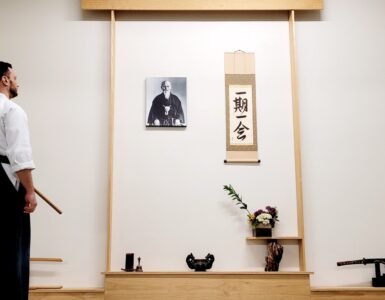








Nice idea. Looking at the faces of the participants, there could hardly have been more than one participant from each of the 30 participating countries. Most of them were Japanese? Maybe it will be more international when the next event takes place in Hawaii. Best regards V